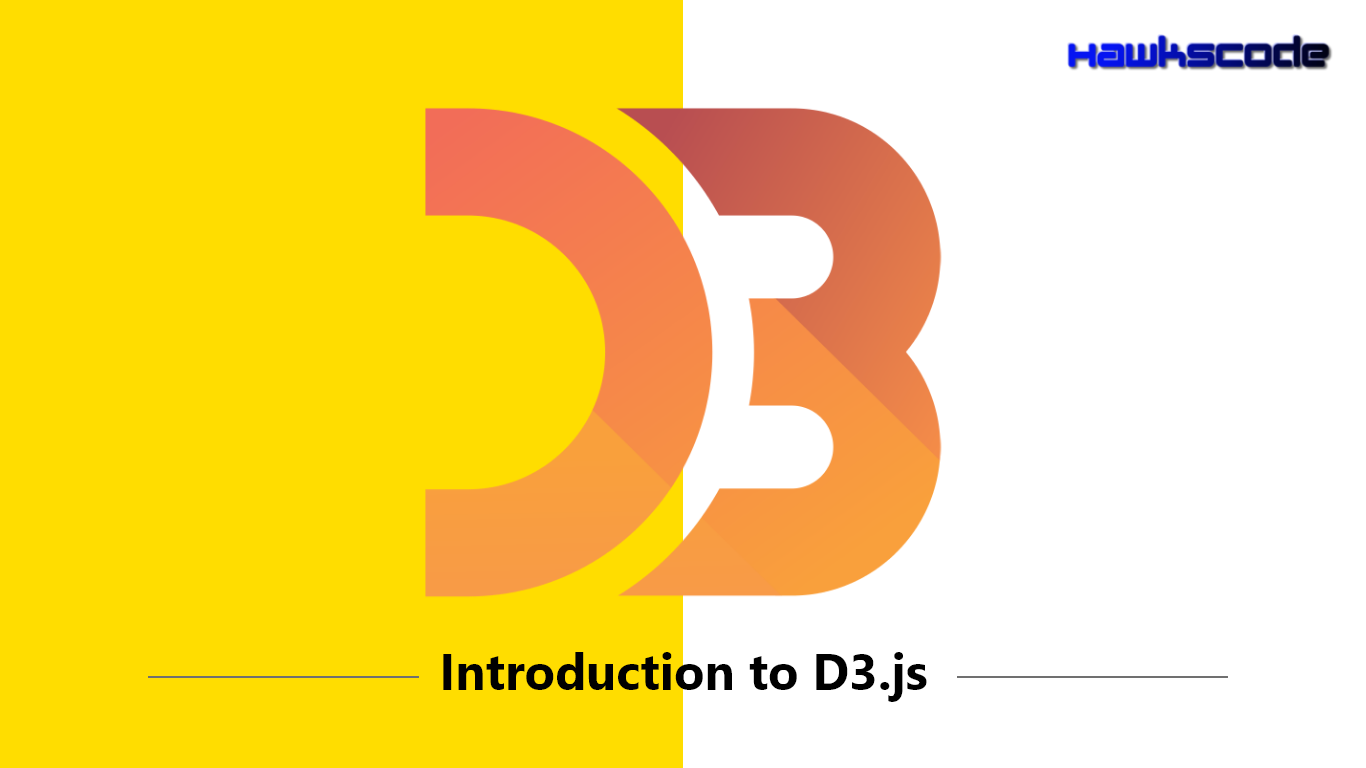Introduction to D3.js for Data Visualization
Welcome to an introduction to D3.js for data visualization! D3.js is a powerful JavaScript library that allows you to manipulate documents based on data. It uses HTML, CSS, and SVG to create dynamic, interactive visual representations of data that can be viewed in any modern browser. In this guide, we’ll explore how D3.js serves as an essential tool for creating rich, data-driven visualizations.
Let’s begin by setting up your first project. First, create a folder named d3js_projects. Inside this folder, create an HTML file called project_1.html. If you’re unfamiliar with the process, you can also learn more about data visualization through the Easyshiksha Certification.
Next, let’s create a simple HTML page to get started:
<html>
<head>
<title>My First Page</title>
</head>
<body> Web Page</body>
</html>
After creating this basic HTML page, let’s move forward by setting up D3.js. To do so, include the following script tag in the head section of your HTML document. Keep in mind that this script should be written in the head element:
<script type=”text/javascript” src=”d3.v2.min.js”></script>

After this setup, test the source
Now that we’ve added the script, let’s test our D3.js setup. Open the inspect element tool in your browser. Under the Elements tab in the webkit Inspector, expand all elements so that we can view the entire HTML structure. Then, hover over the d3.v2.min.js source to ensure it’s properly linked.
DOM Section
Using D3.js, we can manipulate the Document Object Model (DOM). This allows us to select elements and apply various transformations to data visualizations. For instance, we can modify the appearance of certain HTML elements dynamically based on the data they represent.
<html><head>
<title>Learn D3 in 5 Minutes</title>
</head><body><h3>Today is a beautiful day!!</h3>
<script src='https://d3js.org/d3.v4.min.js'></script><script>
d3.select('h3').style('color', 'darkblue');
d3.select('h3').style('font-size', '24px');</script>
Using the select method to manipulate and add data to an element
In this example, we’re chaining the select() method on the d3 object, followed by the style() method to change the properties of the selected element. The first parameter of style() determines the property we want to change, while the second parameter sets its value. Here’s the outcome of this manipulation:
Next, we’ll cover data binding, a powerful feature of D3.js that allows us to populate or modify DOM elements in real-time based on the data provided.
Consider an unordered list in your HTML document: <ul></ul>. We want to dynamically generate the list items using a data object. The following code demonstrates how this is achieved:
<script>
var languages = [‘Java’, ‘Python’, ‘JavaScript’, ‘C++’];
d3.select(“ul”) // Select the <ul> element
.selectAll(“li”) // Select all <li> elements (note: they do not exist yet)
.data(languages) // Bind the ‘languages’ array to the <li> elements
.enter() // Check if the <li> elements are present, and create them if not
.append(“li”) // Append a new <li> element
.text(function(d){ return d; }); // Set the text content of each <li> element
</script>
With these steps, you’ll begin to see how powerful D3.js can be for dynamically binding and manipulating data in your web applications. To learn more, visit HawksCode and Easyshiksha.
Free Online Courses with Internship Certificate



